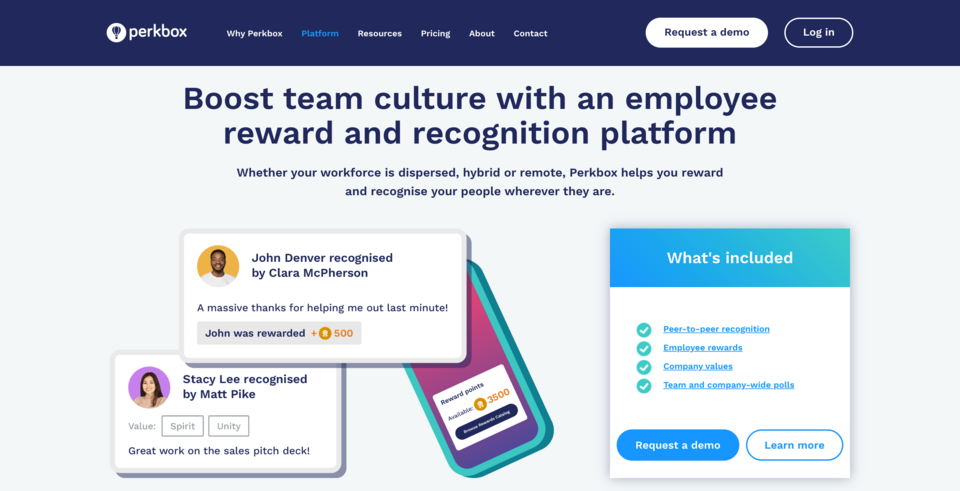How to develop your engagement strategy
![engaged employee discussing]()
An employee engagement strategy should be tailored to your business and employers. To find the right fit, here are some guidelines to follow.
Step 0: Conduct an employee engagement survey
If you want to find out how to improve employee engagement in your business, ask your employees.
Measuring employee engagement before you start organising any activities will help you figure out what works and what doesn't later down the road. Furthermore, a survey like this will help you gain insights into what areas need some extra work.
To find out how employees feel about working for you, here are some examples of questions to ask in your employee engagement survey.
- How do you feel about our company mission?
- What are our company values? Which ones do you share?
- When was the last time you felt really valued at work?
- How likely are you to recommend us as an employer to your friends?
- What part about your job do you like least?
- What positive things has this job added to your life?
- What would you do differently in your job if you could?
- What excites you about this job?
- How likely is it that you are still working here in two years time, if not much changes?
- What do you want to do in five years?
Also, take into account the key metrics we mentioned earlier, to create a benchmark. You should look back on these numbers often to see the progress you've made.
In this phase, it's also important to tell your employees why you're asking all these questions. If they understand what you're trying to do, they could come up with great suggestions.
Step 1: choose what area you will focus on
Based on what your employees have told you in the survey, pick the key factors that need work. Is it a combination of work-life balance and transparency, or should you really offer more opportunities for growth?
If you know what needs attention, you can start by assigning the right people to this ongoing project. Get input from actual experts and avoid guesswork.
Step 2: Pick your employee engagement strategy
You're not limited to the employee engagement strategies we've mentioned earlier. Your employee engagement strategy can look completely different from what another company has done — each culture and mix of employees is unique.
Step 3: Plan ahead
Make sure there is a budget for your employee engagement strategy, and that you know who's in charge. Schedule meetings to check in on the process and set dates for new surveys to measure the progress.
Assign an employee engagement committee and make it known who's on it and what they do. Make it a mix of senior leaders, middle managers and junior staff — engagement can't be ordered top-down. Every department and level should be represented by those team members
Keep in mind that an engaged workforce should be built company-wide. Departments communicate and influence each other, so only focusing on specific parts might do more harm than good.
Step 4: Adjust where needed
Nobody expects you to get this right on the first try. It's crucial to keep talking to your employees throughout the whole process. — and keep employee engagement a topic that can be openly discussed all the time, for that matter.
Remember: this is not a one-time-thing. You need to keep employees engaged all year round.
Step 5: Hire accordingly
You can't possibly engage employees who aren't a right fit for your business — whether it's about culture or the way you work. Keep this in mind during the hiring process and don't be afraid to ask candidates what truly engages them in a job. This is the only way to find out if you could offer that in the long run.







Share